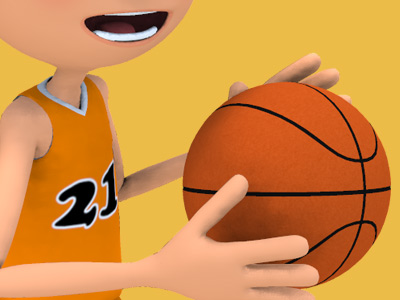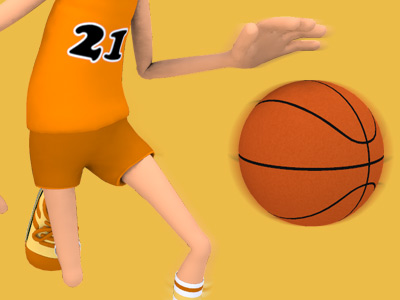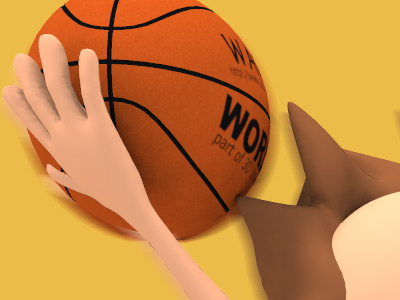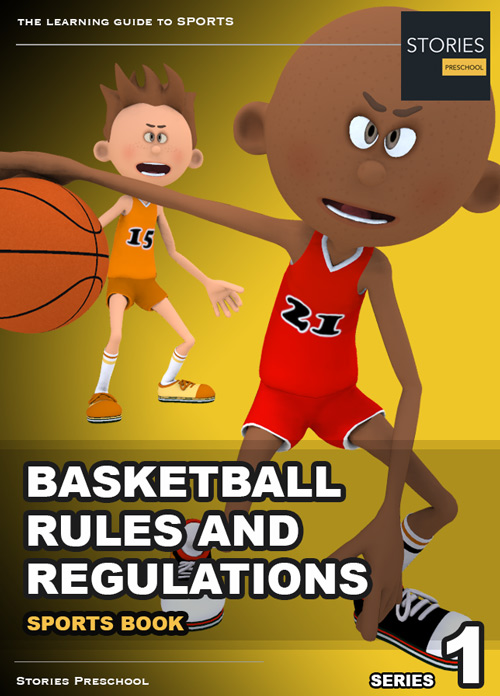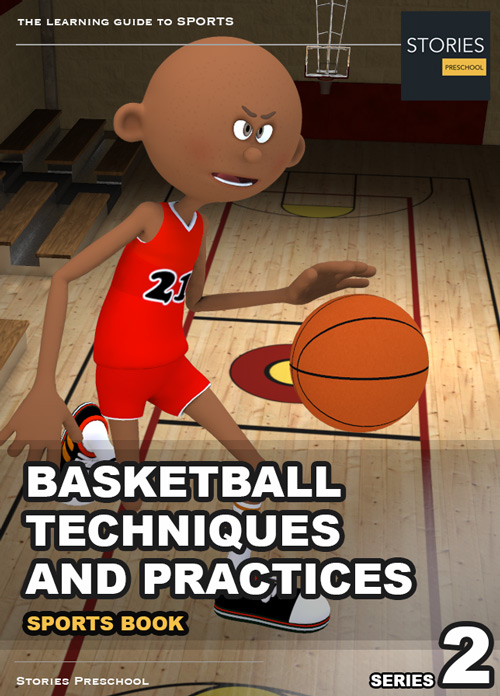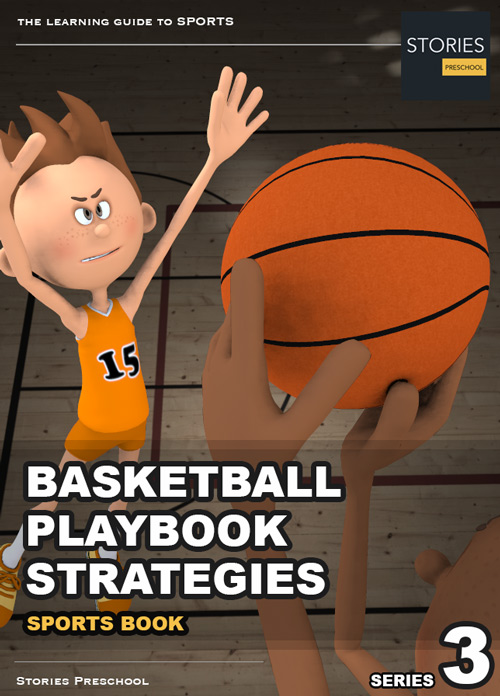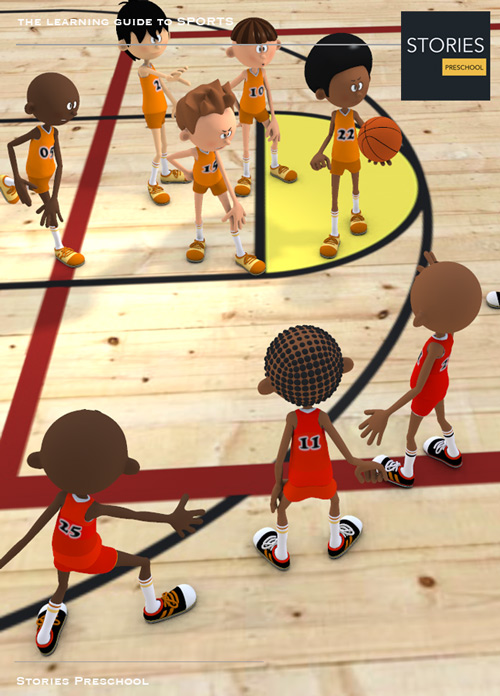Basketball

Technical Foul (basketball)
In basketball, a technical foul (also colloquially known as a "T" or a "Tech") is any infraction of the rules penalized as a foul which does not involve physical contact during the course of play between opposing players on the court, or is a foul by a non-player. The most common technical foul is for unsportsmanlike conduct. Technical fouls can be assessed against players, bench personnel, the entire team (often called a bench technical), or even the crowd. These fouls, and their penalties, are more serious than a personal foul, but not necessarily as serious as a flagrant foul (an ejectable offense in leagues below the NBA, and potentially so in the NBA).

Technical fouls are handled slightly differently under international rules than under the rules used by the various competitions in the United States. First, illegal contact between players on the court is always a personal foul under international rules, whereas in the USA, such contact is, with some exceptions, a technical foul when the game clock is not running and/or when the ball is dead. Second, in FIBA play (except for the half-court 3x3 variant, in which individual personal foul counts are not kept), players foul out after five total fouls, technical and personal combined (since January 1, 2014, one technical can be included towards the total; two technicals in a game results in ejection). The latter rule is similar to that in college, high school, and middle school basketball in the United States. However, in leagues that play 48-minute games such as the NBA, and in some leagues such as the WNBA, players are allowed six personal fouls before being disqualified, and technical fouls assessed against them do not count toward this total. However, unsportsmanlike technicals in the NBA carry a fine, its severity depending on the number of technicals the player has already obtained, and players are suspended for varying amounts of time after accumulating fifteen technicals in the regular season or seven in the playoffs.

In most American competitions, ejection of the offender, that of the player, coach, or otherwise, is the penalty for being assessed two technical fouls in a game, if charged directly to him/her (some technicals committed by a player are charged to the team only). In addition, any single flagrant technical foul, or a disqualifying foul in FIBA, incurs ejection. FIBA rules do not provide for ejection for any number of non-flagrant technicals (known as unsportsmanlike fouls under that body's rules) against a player, except in 3x3, in which two unsportsmanlike fouls result in ejection. FIBA rules call for ejection when a coach draws two technicals, or a third is called on the bench.
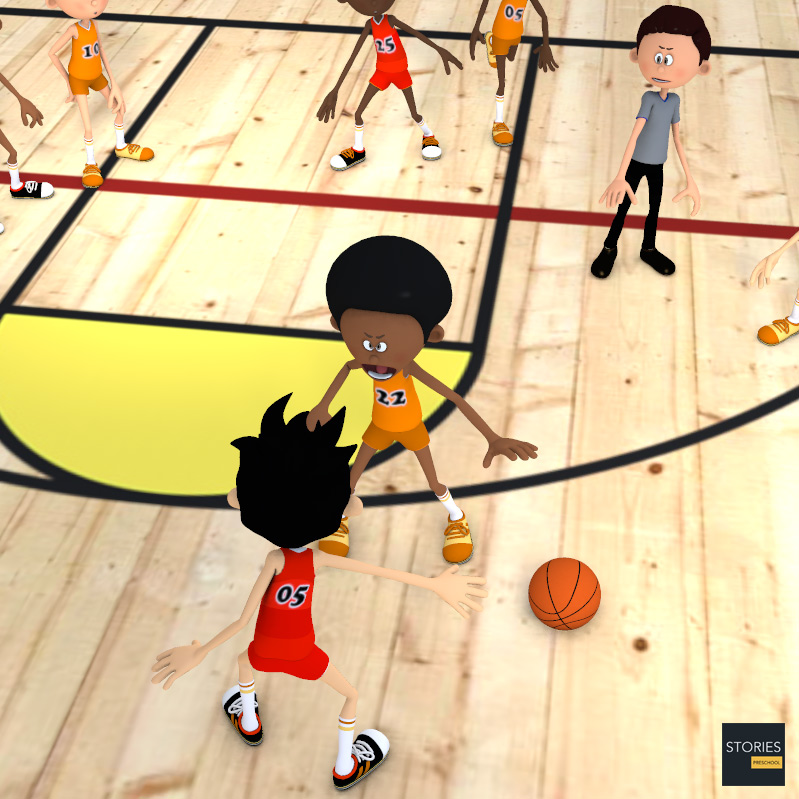
Infractions
Many infractions can result in the calling of a technical foul. One of the most common is the use of profane language toward an official or another player. This can be called on either players who are currently active in the play of the game, or seated on a team's bench. It can also be assessed to a coach or another person associated with the team in an official capacity such as a trainer or an equipment manager. Additionally, coaches or players can be assessed a technical foul for disputing an official's call too vehemently, whether or not profanity is involved. This verbal unsporting technical foul may be assessed regardless of whether the ball is dead or alive.

Other offenses can result in technical fouls, such as:
- Allowing players to lock arms in order to restrict the movement of an opponent (usually a team technical)
- Baiting or taunting an opponent
- Disrespectfully addressing or contacting an official or gesturing in such a manner as to indicate resentment
- Faking being fouled (flopping)
- Fighting or threatening to fight
- Goaltending a free throw
- Grasping either basket during pre-game or halftime warm-ups during the time of the officials' jurisdiction, including attempting to dunk or stuff a dead ball (whether successful or not) prior to or during the game or during any intermission of the game. Beginning in 2015–16, dunking is permitted during warmup periods in NCAA play, although hanging on the rim remains illegal.
- Illegal substitution or entering the game at an impermissible time
- Intentionally hanging on the basket at any time (except to prevent an injury)
- Kicking or striking the basketball at any time using the foot (in an unsportsmanlike manner; unintentional kicking is a violation only)
- Knowingly attempting a free throw or accepting a foul to which the player was not entitled
- Lifting or jumping onto a teammate to gain a height advantage
- Remaining out of bounds to gain an advantage
- Removing the jersey or pants within the visual confines of the playing area
- Use of television monitoring or replay equipment, computers, or electronics such as megaphones for coaching purposes during the game
- Using tobacco or smokeless tobacco
Violations of the rules for delaying the game (in the NBA, NCAA, and NFHS) usually incur a team warning for a first offense, followed by a team technical, or sometimes a player technical, if the same team delays a second time, to include:
- Going out of bounds during an opponent's throw-in without contact (warning, then a technical foul), or touching an opposing thrower-in (intentional foul on the violator in NFHS, and is the warning for being out-of-bounds) or the ball (a technical on the offender in NFHS, and is the warning for being out-of-bounds) as it is held entirely in out-of-bounds
- Huddling at the foul line for an excessive time (warning, then a technical in NFHS)
- Not being ready to start play after a time-out, or to begin a quarter or half, or to shoot a free throw(s) at such times (a special protocol, known as the "resumption-of-play procedure", is used in NFHS, where violations instead of technicals are initially called in some such situations)
- Refusing to immediately pass the ball to the nearer official when a whistle blows
- Failing as the free thrower to be in the free-throw semicircle when the official is ready to administer the free throw (unless the resumption-of-play procedure is in effect in NFHS, supra)
- Throwing the ball into the stands or otherwise preventing a ball from being made live promptly after a made goal to allow one's team to set up on defense (if a blatantly unsportsmanlike act, a technical foul against the player; otherwise, a warning to that team and team technicals thereafter). This includes throwing the ball to an official when such act is not required—such would likely incur a warning. In addition, throwing the ball at an opponent's head may also be considered a technical foul.
and more technical issues, such as:
- Beginning the game with a starting player not so designated
- Failure to supply the scorer with names and numbers of team players prior to the start of the scheduled contest, or at least 10 minutes prior to the contest in some jurisdictions
- Having too many players on the court, or too few (NBA; NCAA and NFHS if intentional)
- If the coach leaves his box, especially to argue. There are times when a coach may go to the scorer's table to correct a game error.
- Failing, as the coach, to replace a disqualified player within the allotted time (charged to the coach)
- (NBA only) playing a "scratched" player (a rule adopted in 2005 where up to two "scratches" are permissible on a 14-man roster)
- Refusing to occupy the proper bench
- Remaining in or returning to the game after being disqualified
- In the NBA, a player may not be ejected if assessed a seventh or subsequent personal foul because of being forced to remain in the game because there are no eligible players on the bench. Each such extra personal foul, though, also includes a technical foul penalty.
- Requesting an excess time-out
- Uniform violations, including illegal insignia or numbers; having 2 or more players with the same number; or having the wrong number for a player in the official scorebook
Until 2001, the NBA also had a unique rule, the illegal defense, which was designed to stop defenders from dropping back into a zone and thus preventing drives to the basket. The penalty, after a warning, was a technical foul charged to the offending team and one shot for the offense, except that if the first violation occurred within 24 seconds of the end of a period, the technical was assessed without warning.
Beginning with the 2001–02 season, the NBA changed the illegal defense rule to the "defensive 3-second rule," which prohibits a defender from being in the shooting lane for three seconds, unless guarding an opponent within arm's reach (or the man with the ball, regardless of distance). The penalty is the same as it was for an illegal defense, except that no warning is issued. The WNBA implemented this rule in 2013.
Additionally, home teams can be assessed technical fouls resulting from their partisans' misconduct for excessive use of artificial noise, the playing of music by their band, or for dangerous offenses such as throwing items (particularly ice or coins) onto the court.
Usually a fight or lesser altercation between players results in a "double technical", in which a technical foul is issued to both players involved. If any player leaves the team bench during a fight, he can be charged with a technical foul and ejected, as can any coach that does so without the beckoning of an official. Rules against fighting vary from high school to college to the (W)NBA, but all levels penalize severely for such conduct, to include suspensions and (in the [W]NBA) heavy fines. NFHS and NCAA require the automatic ejection of bench personnel leaving the team area during a fight, whether or not these players actually participate in the fight.

Beginning with the 2010–11 season, the NBA began to crack down on general complaining. Technical fouls can now be issued for the following:
- Making aggressive gestures anywhere on the court
- Disagreement in which a player demonstrates how he was fouled
- Running toward an official to complain about a call
- Excessive inquiries about a call
Penalty
In college basketball, NFHS, and lower divisions, the penalty for technical fouls has increased over the years. Initially, the opposing team was awarded one free throw. This later increased to one free throw and possession of the ball. For a while, "bench technicals" assessed on a non-active player, assistant coach, or anyone else on the team bench were considered more serious and resulted in the award of two shots. (Coaches have their own technical fouls, although they may be ejected and/or suspended if they have a mix of technicals totaling two or three fouls, depending on seriousness.)
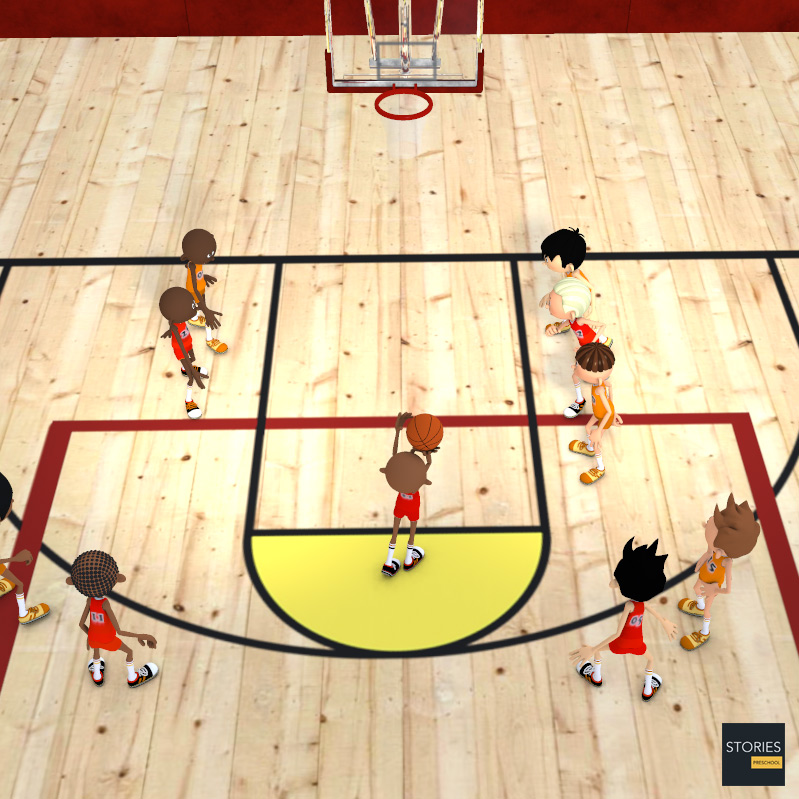
Today, high school basketball (NFHS in the United States) provides for two free throws and possession of the ball at the division line opposite the scorer's table, regardless of circumstances, for a technical foul. International basketball provides a similar penalty. Before the 2015–16 season, college basketball awarded two shots for all technical fouls, with the ball then put in play at the point of interruption (POI), the spot and circumstances where play was stopped for the technical. Since 2015–16, the NCAA awards only one free throw for so-called "Class B" technicals, such as hanging on the rim or delay of game; "Class A" technical fouls still result in two free throws. In the NBA and WNBA, the penalty remains one free throw for the opposing team, with play resuming from the point of interruption. The shot clock is reset to 14 seconds if it read less than such at the time of the foul. The team awarded the foul shots for a technical may select the player(s) to shoot them (this rule differs slightly from level to level and internationally), as opposed to personal fouls, where the player fouled, unless injured, must shoot his own foul shots.
In the NBA, technical fouls are split into two classes, unsportsmanlike and non-unsportsmanlike. A player assessed an unsportsmanlike technical foul is fined, and accumulating sixteen unsportsmanlike technical fouls during the regular season will result in a one-game suspension. For every two additional unsportsmanlike technical fouls received during that regular season, the player or coach will be automatically suspended for an additional game. Penalties for unsportsmanlike technical fouls are even higher for playoffs games. Players and coaches will be fined for every unsportsmanlike technical foul they receive. Those who accumulate seven unsportsmanlike technical fouls will be suspended for one game. For every two additional unsportsmanlike technical fouls received, the player or coach will be automatically suspended for an additional game.
Non-unsportsmanlike conduct technical fouls are defined per NBA Rule 12, Section V, Paragraph c, and none count towards a fine, ejection or suspension. These fouls are assessed for excessive time-outs, defensive three seconds, scratched player dressing and playing, excessive personal fouls because team is out of players, shattering backboards, or delay of game. An offensive player who intentionally hangs on the backboard, unless it is legal for safety reasons, is fined $500 but is only assessed a non-unsportsmanlike conduct technical foul.
SPORTS
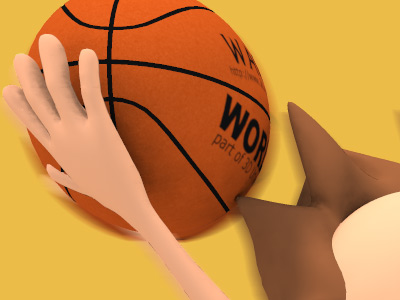
RESOURCES
This article uses material from the Wikipedia articles "Basketball" and "Technical foul", which is released under the Creative Commons Attribution-Share-Alike License 3.0.
© Stories Preschool. All Rights Reserved.
